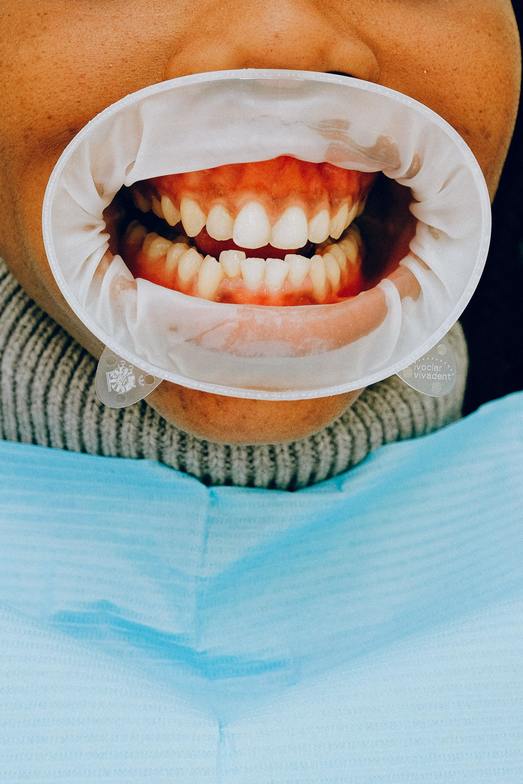
Temporomandibular Joint Disorders (TMD) describe disorders of the jaw that can range from a slight ache to debilitating pain. The symptoms most commonly manifest in front of the ear but can also be in the cheek, temples, neck, or shoulders as well. TMD are most commonly caused by muscular sources or articular sources.
One of the causes of a muscular source of TMD is from the muscles of mastication. These muscles are what you use to chew your food and they can experience an imbalance. The main muscle involved in this activity is the masseter which lives directly in your cheek; trigger points and tightness can occur in this muscle which can cause an imbalance in tension between the right and left TMJ. Other TMD from a muscular source includes clenching, forward head posture, and trauma.
There is actually a small articular disc that lives in the TMJ that cushions the joint. This disc is a common cause of an articular source of TMD. Sometimes this disc can get displaced and cause “locking” or “clicking” of the TMJ. Osteoarthritis of the TMJ is also a common cause of articular sourced TMD.
An interesting correlation has been made between psychosocial factors and the development of TMD. Patients with TMD that also suffer from PTSD report 4x the pain than patients without PTSD. Patients who suffer from stress or depression also have a higher likelihood of developing TMD.
While some conditions of TMD require intervention from your dentist or an oral surgeon, many TMD issues can be addressed here at your favorite Rochester chiropractor, Rush-Henrietta Family Chiropractic. We have also co-managed these TMD problems with dentists to help provide the most long lasting relief. Make an appointment today to get back to eating large sandwiches without pain and clicking!



